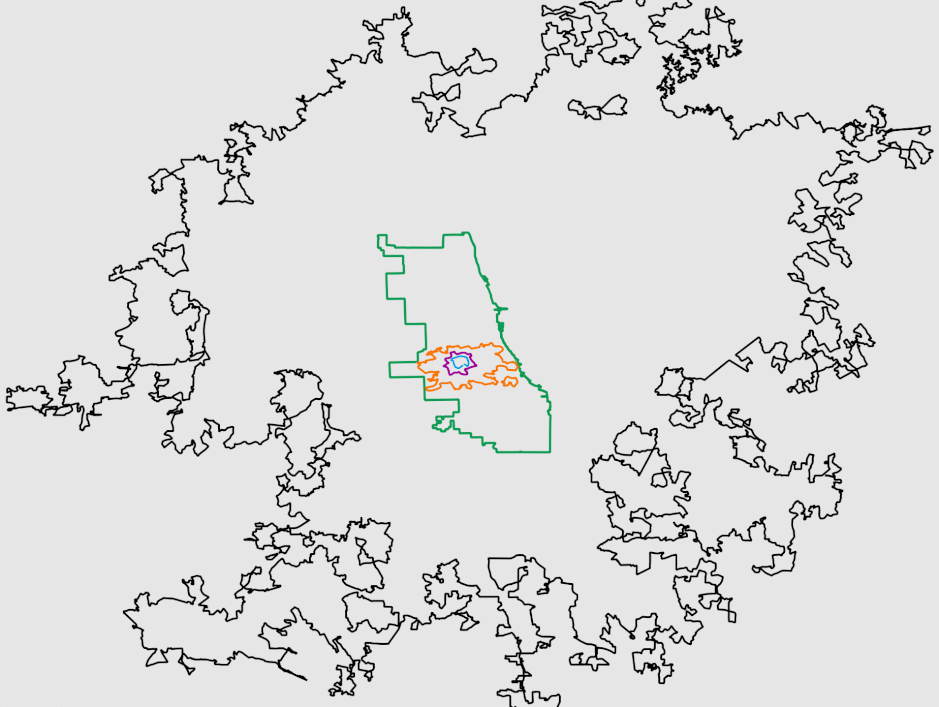The Eggs of Price: An Ovo-Urban Analogy

As an architect, Cedric Price (1934-2003) was such a visionary that he inspired the Centre Pompidou in Paris and anticipated the London Eye rather than actually design those things himself.
Price’s supposed brilliance is hard to gauge, as very few of his designs were actually built – the most famous exception being the aviary at London Zoo. But if genius is the ability to convey complex information in simple images, then Price had me at egg.
The city as an egg, to be exact. Price condenses millennia of urban evolution into three types of egg: boiled, poached and scrambled – in that chronological order.

From its origins in the mists of time up until fairly recently, the urban form resembled a hard-boiled egg. The city was a dense, compact centre, protected by defensive walls from the evils of the wider world.
Cannon power eventually rendered city walls obsolete, and most were rased from the 17th to 19th century.
This, together with the rapid growth of population and industry around that time, caused cities to expand rapidly. This is the poached-egg model: the core retains its ancient function as the place of reference and the seat of power, but it is surrounded by expanding rings of residential and industrial areas, and infrastructural networks providing utilities and transportation.
But the centre cannot hold. Like a star at the end of its life, the core of the city collapses under the weight of its own sprawl. The car has made it much easier (and cheaper) to live, work and shop near the ring roads than in the choked middle of town. This, the scrambled-egg model, is also the most relevant type of urban development today.
And what type of egg will the city of the future resemble? This will probably depend on the future cost of mobility, which might become too prohibitive to sustain the present, scrambled-eggs model.
Already, the rising cost of commuting into London is creating a trend of ‘inward mobility’ – people moving from the suburbs into the city. Is the end of oil going to empty out the edges of big cities, leading to smaller, denser metropolises? Or will renewables-based transportation be successful enough to enable cities to continue sprawling into Earth’s increasingly rare open spaces? And does anyone know any good egg recipes for either scenario?
Many thanks to Stijn Meuris for sending in this map, found here at the Egg and Chips blog.
Strange Maps #534
Got a strange map? Let me know at [email protected].




